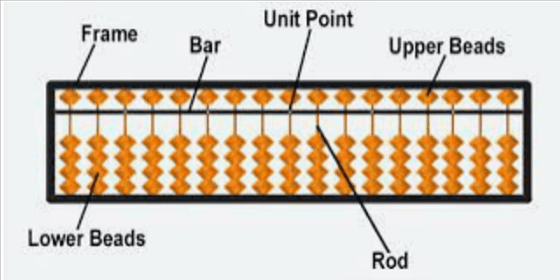The Abacus: What, When, and How!

What: The Concept
Varvara, A UCMAS Student, performing calculations with an abacus
When: Throwback to the Beginning
There are different theories on the origin of the abacus, archeological evidence traces the usage of the abacus to civilizations over 5000, years ago. Ancient Mesopotamian civilizations like the Sumerians and the Babylonians and ancient Egyptian civilizations were known to use the abacus. This abacus has undergone significant evolution over the years. Dive into the rich history of the abacus in our blog.
How: Benefits of the Abacus
Did you know there are different types of Abacus?
Soroban, The Japanese Abacus
Suanpan, The Chinese Abacus
Schoty, The Russian Abacus
Cranmer Abacus
Have you ever Heard of the Mental Abacus?
A UCMAS student, transitioning to mental arithmetic
Curious about the other types of abacus? Here are a few of the original abacuses in chronological order. Dust abacus, Sumerian abacus, Pebble or the Egyptian abacus, Salamis Tablet, The Roman abacus, Chinese abacus, Japanese abacus, and The Russian abacus.
Is The Abacus Still Relevant?
Brain Development
Speed and Accuracy
Therapeutic Purposes
Recreational Activities
Cultural Heritage
FAQs about Abacus Math
Proficiency in abacus math is dependent on various factors like dedication, practice frequency, and individual learning styles. The time taken differs from individual to individual. Introduce your child to the wonders of abacus mental math with UCMAS. Join our network of over 3 Million happy students. Your child’s journey toward math domination starts here.


